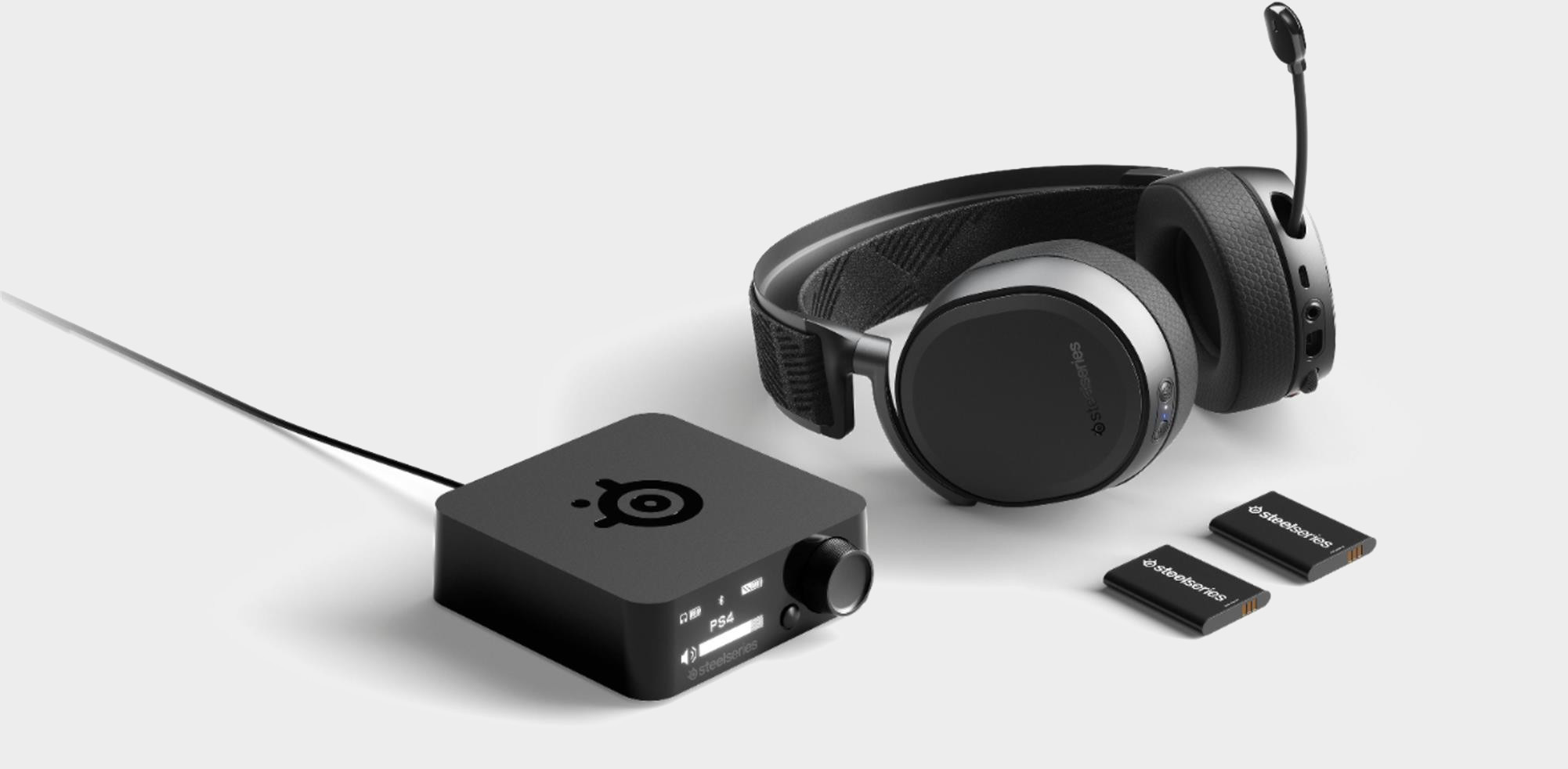Clever Steam Deck battery saver feature should be ready by early summer
Dynamic variable rate shading could make all the difference for the Steam Deck's battery life.

Valve and AMD have once again teamed up to help push through a major update for the AMD Radeon Linux graphics stack, one which could thereafter arrive with SteamOS 3.0 and improve on the Steam Deck's battery life. Known as dynamic Variable Rate Shading (VRS), it's likely going to be used to adjust the shading rate of a game to reduce power consumption when thermal or power limits are met. All automatically.
Dynamic VRS has just landed in Mesa 22.1 and the Radeon Vulkan Driver (RADV) in time for its full release expected sometime in May–June, reports Linux experts Phoronix.
That's the open-source AMD graphics driver for the Vulkan API, which is used as by many games today and the API of choice for games on the Steam Deck. Most DirectX games will still run on the Steam Deck, of course, but they'll use the Proton DirectX-to-Vulkan translation layer to do so instead of running natively.
What VRS does is enable a game to use a lower shading rate where you will likely notice it less. Effectively the system will exert less effort in rendering a frame, thus improving performance for a measured loss in fidelity. The ideal here being a loss in fidelity that the player won't perceive, making this effectively 'free'.
Valve's Samuel Pitoiset has previously stated that the goal of dynamic VRS would be to deliver power savings, and not improved fps. The concept behind dynamic VRS is that the system will dynamically enable and disable VRS when certain thresholds are met. Say the Steam Deck is running too hot: the system will then lower the shading rate to drop a few Celsius. Or perhaps it's running out of battery, you could extend the life of the remaining juice by knocking back the shading rate in-game.
It could even be a case of when the Steam Deck is removed from wall power and uses its battery that VRS is automatically enabled to extend the handheld's battery life.
It's pretty clever, and it's an example of some tech that's spawned out of Valve and AMD collaborating on a very specific piece of hardware and trying to squeeze the very best out of the silicon. The feature should also be enabled by default on the hardware used by the Valve Steam Deck, so there shouldn't be anything required of Steam Deck users when it does arrive.
The biggest gaming news, reviews and hardware deals
Keep up to date with the most important stories and the best deals, as picked by the PC Gamer team.
Though Dynamic VRS will also benefit Linux gamers without a Steam Deck.
There are a few things to keep in mind, however. For one, this is an RDNA 2 exclusive, meaning you'll need AMD's latest graphics tech to even potentially use it when it arrives.

Best wireless gaming mouse: ideal cable-free rodents
Best wireless gaming keyboard: no wires, no worries
Best wireless gaming headset: top untethered audio
That's the next thing: it's not going to be ready for the Steam Deck's launch. We had to come to terms with that when the feature missed its shot at the Mesa 22.0, but at least now we know it's coming with the next iteration. The feature has been merged into the Mesa 22.1-devel today and should then release proper with the 22.1 stable release, which should arrive between May–June. Valve is expected to then integrate this into SteamOS 3.0 from there.
Clearly there's still room for improvement with the Steam Deck, which might've been nice to experience at launch, but I'm definitely glad to hear that performance may still be developing and improving in the months following.
Valve and AMD have been working to optimise the Steam Deck as much as possible prior to the handheld PC's release next week. That includes integration of AMD technologies such as FidelityFX Super Resolution, which helps net higher performance for less load on the console. We've also seen plenty of driver technicalities ironed out in the Linux driver stack pretty quick as a result, too. Those which should make Linux gaming in general, not only for the Steam Deck, that much better.

Jacob earned his first byline writing for his own tech blog. From there, he graduated to professionally breaking things as hardware writer at PCGamesN, and would go on to run the team as hardware editor. He joined PC Gamer's top staff as senior hardware editor before becoming managing editor of the hardware team, and you'll now find him reporting on the latest developments in the technology and gaming industries and testing the newest PC components.

